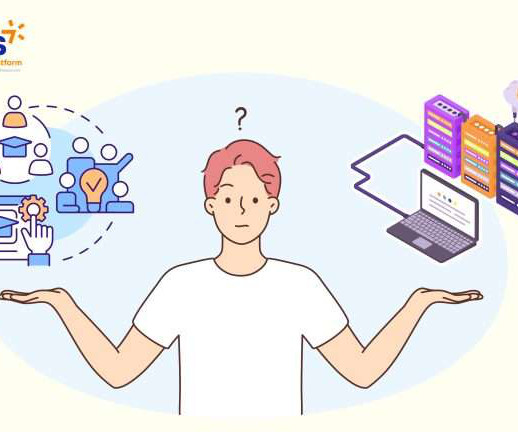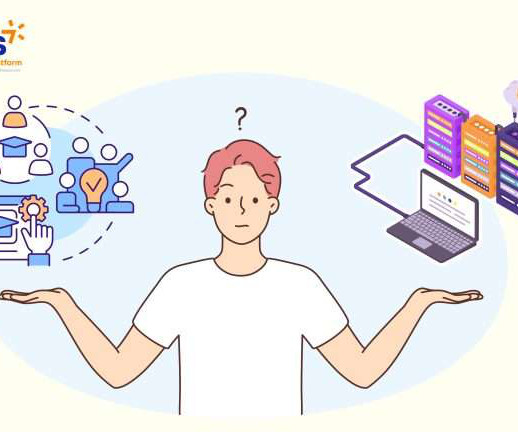Want to Get Your Content Out There? Put it on Wikipedia.
Museum 2.0
JANUARY 27, 2011
Over the past few years, they've worked hard to make their rich content more accessible both through digitization and programs. The people who want that content may not be in the same city as the museum nor even aware of the museum's holdings. When people want knowledge, their first stop might not be a search engine.


























Let's personalize your content